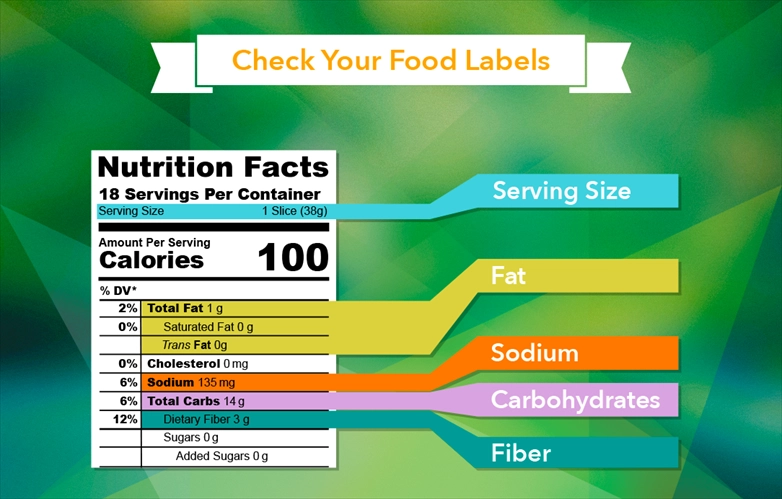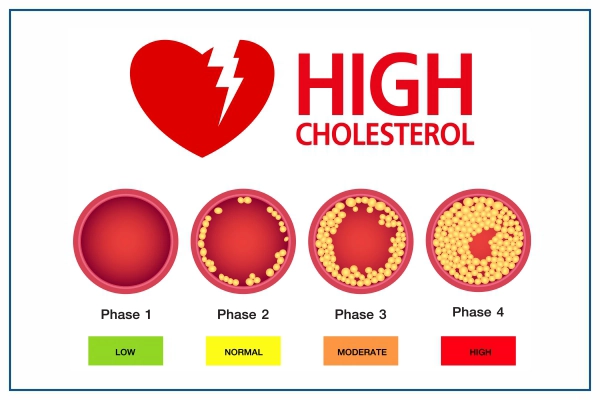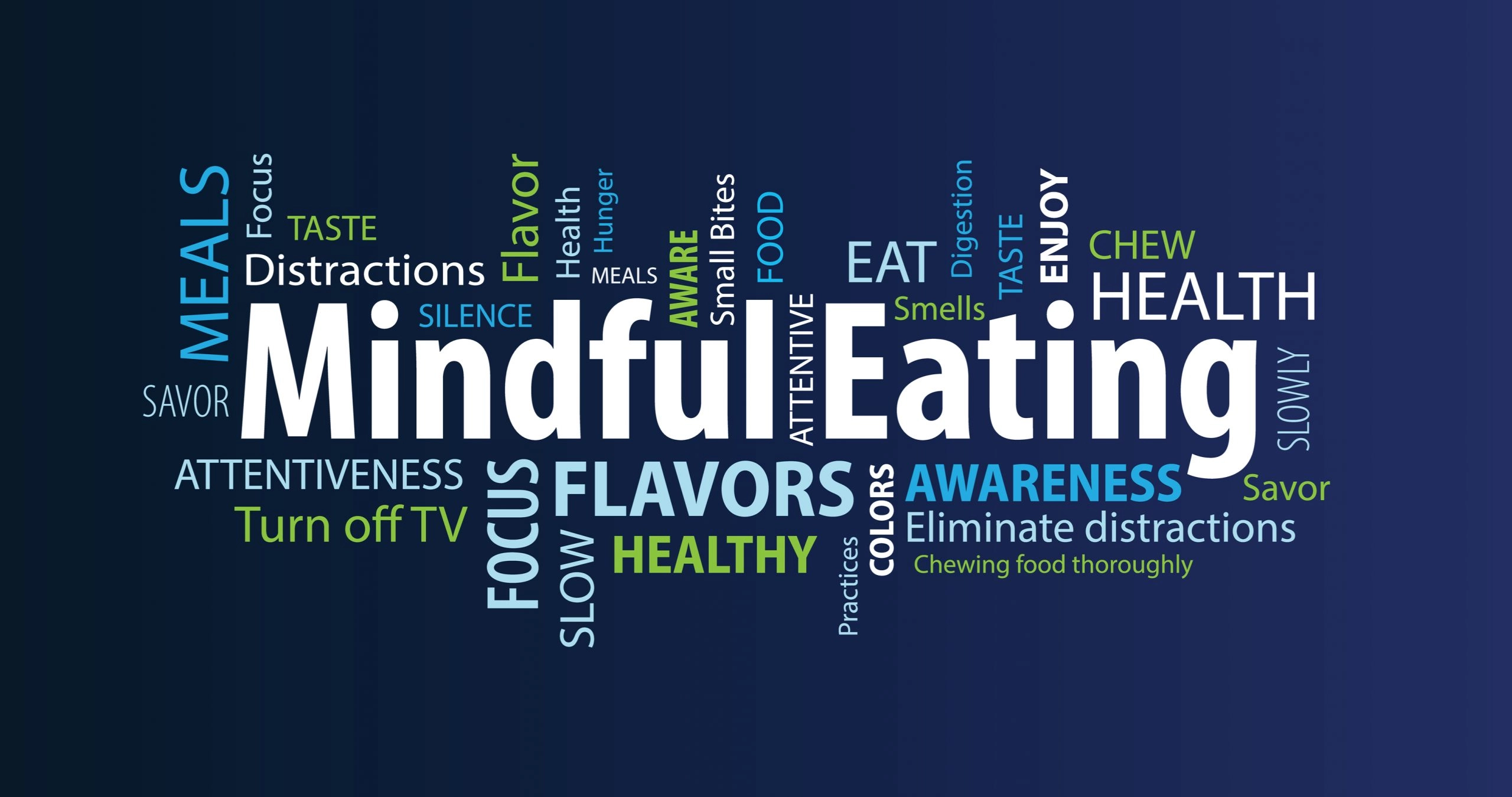How to Read Food Labels

Understanding how to read food labels can help you make healthier choices and support your weight loss efforts.
In the labyrinth of food choices, deciphering food labels is a crucial skill for making informed dietary decisions that align with your health goals. Whether you're striving for weight loss, improving overall nutrition, or managing specific health conditions, understanding the nuances of food labels empowers you to select foods that nourish your body and support your well-being. In this in-depth guide, we embark on a journey to unravel the intricacies of food labels, delving into serving sizes, calorie counts, nutrient content, % Daily Value, ingredient lists, and beyond. By mastering the art of reading food labels, you can take control of your diet and pave the way to a healthier, happier you.
Deciphering Serving Sizes
Serving sizes serve as the foundation of food labels, providing a reference point for interpreting the nutritional information presented. It's essential to note that serving sizes may vary among different products and may not necessarily reflect typical portion sizes consumed by individuals. To accurately assess nutritional content, compare the serving size listed on the label to the portion you intend to consume, adjusting quantities accordingly.
Understanding Calories
Calories are a measure of the energy content provided by a single serving of food. For individuals striving for weight loss, understanding calorie counts is paramount, as consuming more calories than expended can lead to weight gain. Conversely, creating a calorie deficit through diet and exercise can facilitate weight loss. Be mindful of portion sizes and caloric density when evaluating foods, opting for nutrient-dense choices that provide satiety and essential nutrients without excess calories.
Analyzing Nutrient Content
Food labels typically provide information on various nutrients, including fats, carbohydrates, dietary fiber, sugars, protein, vitamins, and minerals. Understanding the role of these nutrients in your diet is essential for making informed choices that support your health goals. Key considerations include:
Fats: Differentiate between healthy fats (e.g., monounsaturated, polyunsaturated) and unhealthy fats (e.g., saturated, trans fats) when evaluating food labels. Limit intake of saturated and trans fats, which can contribute to cardiovascular disease risk, while prioritizing sources of healthy fats that support heart health and overall well-being.
Carbohydrates: Look for sources of complex carbohydrates such as whole grains, fruits, vegetables, and legumes, which provide fiber, vitamins, and minerals, and promote satiety and digestive health. Minimize intake of simple carbohydrates such as refined sugars and processed foods, which can spike blood sugar levels and contribute to weight gain.
Dietary Fiber: Aim to incorporate fiber-rich foods into your diet, as dietary fiber promotes digestive health, regulates blood sugar levels, and supports weight management by enhancing satiety and reducing calorie absorption. Choose foods high in fiber, such as fruits, vegetables, whole grains, legumes, nuts, and seeds, to maximize fiber intake and reap the associated health benefits.
Protein: Prioritize sources of lean protein, such as poultry, fish, tofu, beans, lentils, and low-fat dairy products, which provide essential amino acids and support muscle growth, repair, and maintenance. Be mindful of protein sources high in saturated fat and cholesterol, and aim to include a variety of protein-rich foods in your diet to meet your nutritional needs.
Assessing % Daily Value (%DV):
The % Daily Value (%DV) indicates how much a nutrient in a serving of the food contributes to your daily recommended intake based on a 2,000-calorie diet. Use the %DV as a general guide to assess the relative contribution of nutrients to your overall daily intake and make comparisons between similar products. Aim to consume foods that provide lower %DV for nutrients to limit (e.g., saturated fat, cholesterol, sodium) and higher %DV for nutrients to encourage (e.g., dietary fiber, vitamins, minerals) to support optimal health and nutrition.
Scrutinizing Ingredient Lists:
Ingredient lists offer valuable insights into the composition of food products, highlighting the quality and nutritional value of the ingredients used. Ingredients are listed in descending order by weight, with the primary ingredient listed first and subsequent ingredients listed in descending order of predominance. Scan ingredient lists for key indicators of food quality, such as whole grains, fruits, vegetables, lean proteins, and healthy fats, while being cautious of additives, preservatives, artificial flavors, colors, and sweeteners.
By mastering the art of reading food labels, you can navigate the grocery store with confidence and clarity, selecting foods that align with your health goals and dietary preferences. Armed with knowledge of serving sizes, calorie counts, nutrient content, % Daily Value, and ingredient lists, you can make informed choices that support optimal health, weight management, and overall well-being. Remember, every food choice you make has the potential to impact your health, so choose wisely and nourish your body with wholesome, nutrient-rich foods that fuel your journey to a healthier, happier lifestyle.






